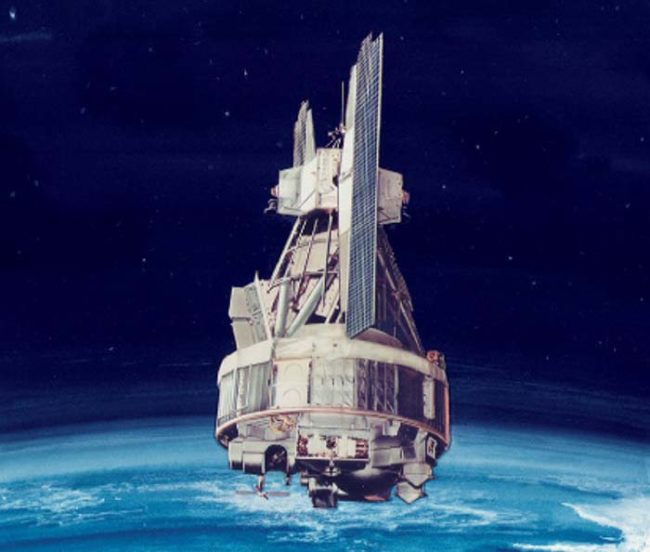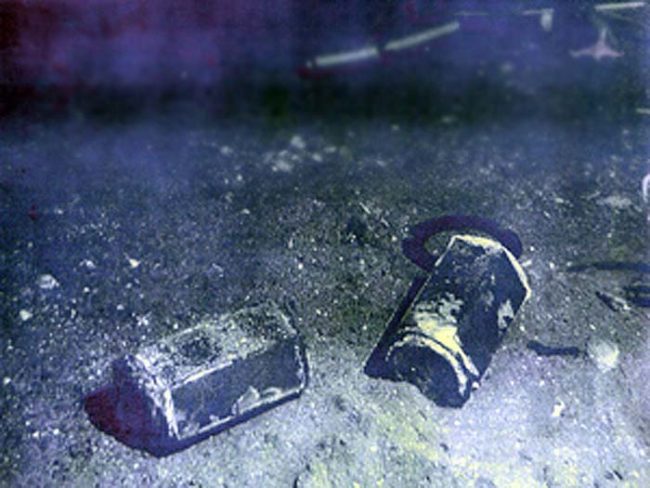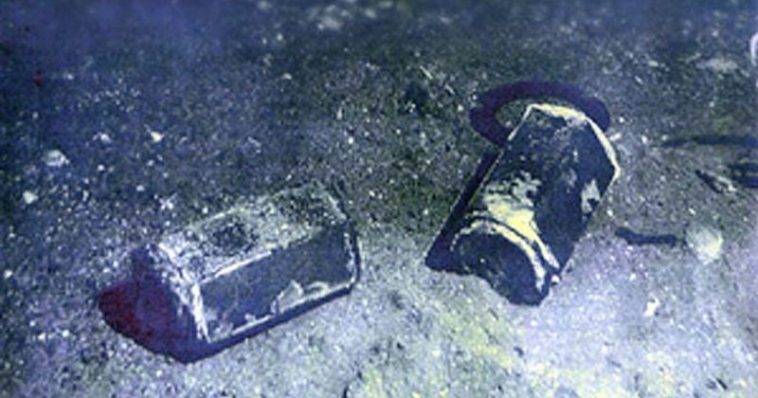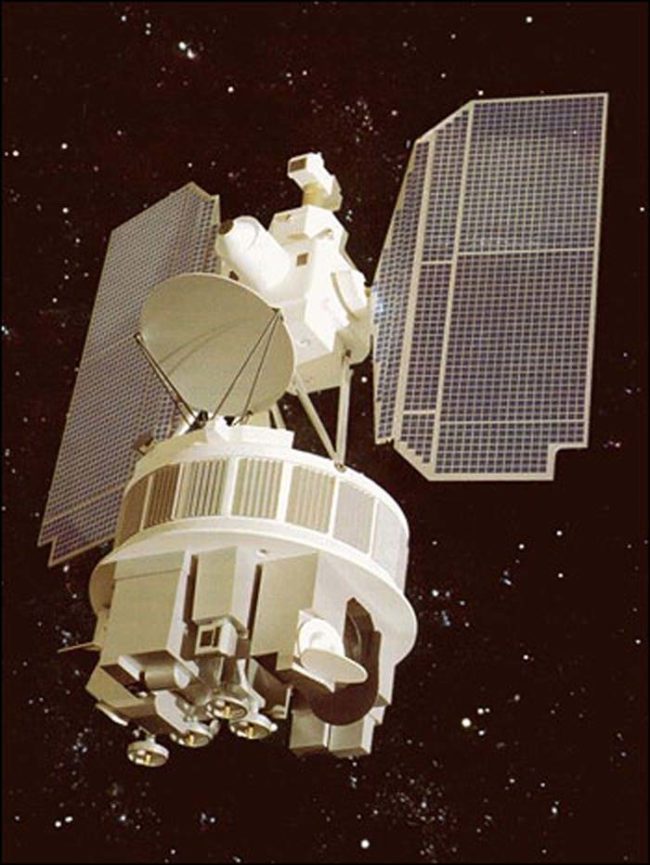When a satellite launch fails, it’s a disastrous situation for everyone involved. All those years of hard work are literally gone in a flash as the satellite explodes in the sky. While that’s bad on its own, it’s even worse when said satellite is being powered by a plutonium battery.
The Nimbus satellites began their lives in 1964. They were designed to be a cutting edge family of machines that could relay an unprecedented amount of data to NASA about Earth’s atmosphere.

NASA
Even more groundbreaking was that most of these satellites were powered by nuclear batteries…which was fine until one of them crashed not long after being launched.

iStock
In 1968, the Nimbus B-1 rocket booster failed shortly after liftoff. A faulty guidance system forced the rocket and satellite along with its nuclear power supply to crash into the Pacific Ocean.
Luckily, it takes more than a physical disturbance to cause a nuclear chain reaction. Crews were actually able to recover the satellite’s nuclear batteries (pictured below) in their protective casings at the bottom of the ocean.

NASA
NASA was even able to reuse these batteries in future satellite launches. That’s the power of American engineering!

iStock
(via Wired)
Now that is cool. I’m glad NASA thought ahead with those nuclear batteries. If they hadn’t, this could’ve been a nightmare.





Comments